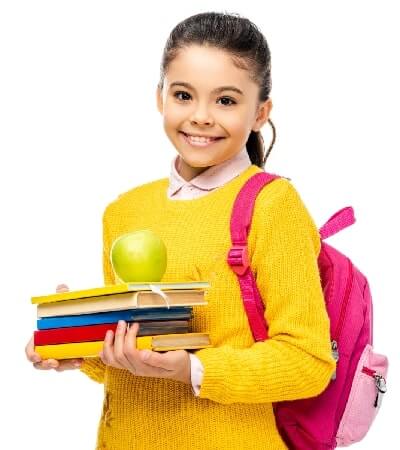Exploring Traditional and Digital Media

At Queen’s Online School, students take part in enriching, skill-building activities. Each activity is thoughtfully designed to support confident, well-rounded learning.
Below are some of the activities available for our Key Stage 2 students:
Introduction to pencils, charcoal, and pastels. Students will practice basic drawing techniques, shading, and perspective.
Experimentation with watercolours, acrylics, and tempera. Students will learn about colour mixing, brush techniques, and creating texture.